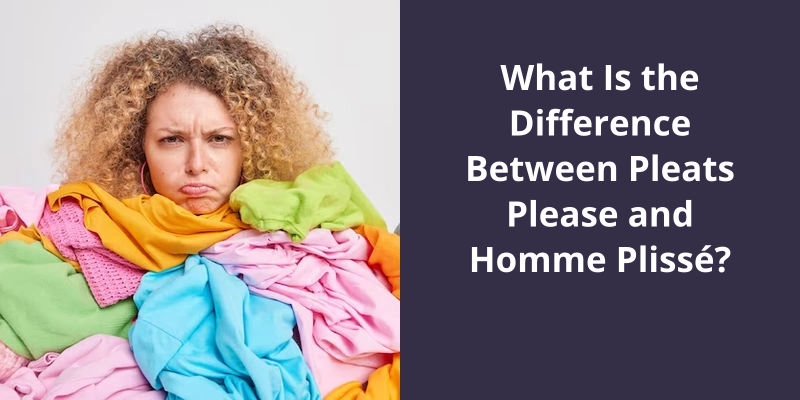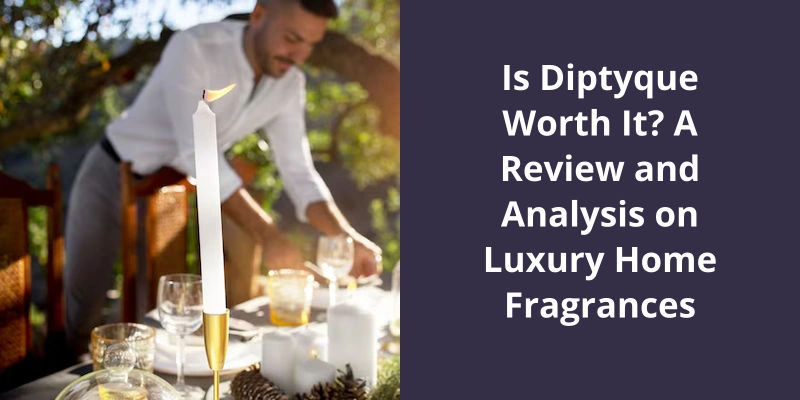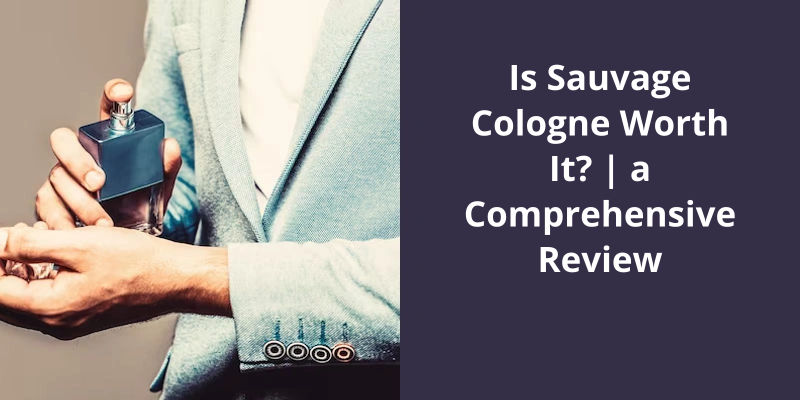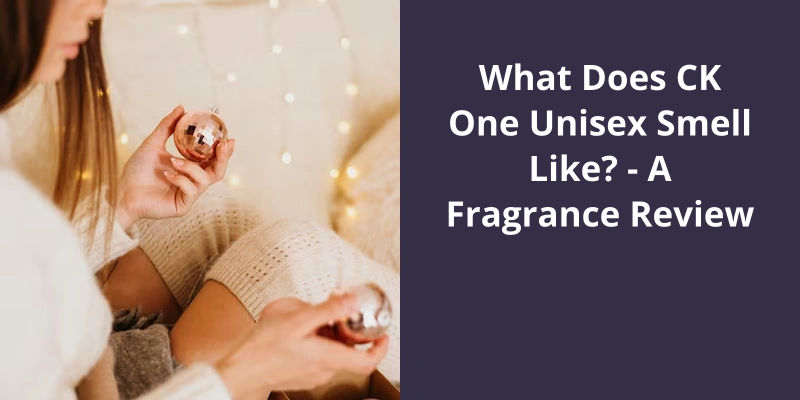Pleats Please and Homme Plissé are both fashion lines but by two different designers. Pleats Please is a line by Issey Miyake, a Japanese designer, focused on producing clothing that combines aesthetics, comfort, and practicality for women. Its clothes, featuring distinctive pleated design, enable movement and are easy to care for. On the other hand, Homme Plissé is also from Issey Miyake but it’s a separate line specifically aimed at men. This line mirrors the concept of the Pleats Please collection, using similar pleating techniques but includes designs and styles catering more to a masculine audience.

When Did Homme Plissé Start?
One of the most prominent fashion designers in the world today, Issey Miyake began his career in the fashion industry in the 1970s. He quickly established himself as a master of innovative, cutting-edge design, constantly pushing the boundaries of what was considered normal or conventional. His distinctive signature pleats, which first gained widespread recognition in the 1980s, remain one of the most recognizable and celebrated features of his work to this day.
It was in 2013 that Issey Miyake debuted his new menswear concept, Homme Plissé. The launch was a major event in the fashion world, as experts and enthusiasts alike eagerly awaited a new expression of Miyakes unique vision. The collection was an immediate success, thanks to it’s combination of classic menswear elements with Miyakes signature pleats. The result was a look that was both timeless and completely modern.
One of the key elements of Homme Plissé is it’s focus on functionality. The clothing is designed to be versatile and easy to wear, allowing men to move freely and comfortably throughout their day. This utilitarian focus is combined with an attention to detail that’s characteristic of Miyakes work. Every piece is crafted with care, using only the finest materials and the latest production techniques.
Intrigued by the unique properties of Pleats Please fabric? Let’s dive deeper into what makes this textile so special and how it’s revolutionized the fashion industry.
What Fabric Is Pleats Please?
These qualities make Pleats Please a highly functional and practical fabric for everyday wear, particularly for those with busy and active lifestyles.
Pleats Please fabric undergoes a unique process during production called “garment pleating,” which involves pleating the fabric and then heat-treating it to set the pleats. This process creates a soft and lightweight fabric that isn’t only comfortable to wear but also resistant to wrinkles. This feature is especially beneficial for travelers, as the clothing can be worn straight out of a suitcase without needing to be ironed.
The fabrics flexibility and elasticity make it suitable for both fitted and flowing designs, adapting to the wearers body shape while maintaining it’s pleated texture.
It’s durability, easy care, and bold aesthetic make it an excellent choice for those looking for clothing that’s both functional and fashion-forward. Whether dressing for work, travel, or leisure, Pleats Please clothing offers a unique and brilliant option for any occasion.
The History and Evolution of Pleats Please Fabric
- In 1993, Japanese designer Issey Miyake introduced a new clothing line called “Pleats Please”.
- The signature characteristic of the collection was the use of a unique fabric that was pleated after being cut and sewn.
- This innovative fabric was made from polyester and treated with a special heat-pressing technique that allowed the garments to be stretched and shaped without losing their pleats.
- The result was a line of clothing that was both versatile and comfortable, as the fabric could be folded, twisted, and pleated in a variety of ways.
- Over the years, the Pleats Please line has evolved to include a range of silhouettes and colors, but the focus on the innovative fabric remains at the core of the brand.
- Today, Pleats Please is recognized as a groundbreaking force in fashion, inspiring new generations of designers to embrace unconventional techniques and materials in their work.
Throughout history, fashion has served as a mode of communication, a way to express oneself, and even a symbol of power. One such example is the use of pleats, which hold a rich and nuanced symbolism. From ancient times to the 16th century, pleats have remained a signifier of power and luxury, adorning the tunics of rulers and the collars of the wealthy. But how did this particular fashion element become so charged with meaning, and why does it continue to hold such weight to this day? Let’s take a closer look.
What Is the Symbolism of Pleats?
Pleats are a time-honored tradition in the fashion world, dating back to centuries ago. One of the most striking things about pleats is the versatility they offer. They can be manipulated to create dramatic, voluminous shapes or to provide subtle texture to an otherwise flat garment. And while pleats are often seen as feminine, they’re by no means limited to women’s fashion. Over the centuries, pleats have become much more than a simple fold in fabric. Today, they serve as a powerful symbol of status, wealth, and creativity.
One of the earliest examples of pleats serving as a symbol of power and luxury can be found in ancient Egyptian culture. Here, pleats were used to create elaborate, flowing garments that adorned the pharaohs. In ancient Rome, pleated tunics were worn by senators and other high-ranking officials as a sign of their status. The pleats gave their garments a regal, dignified appearance that set them apart from the common masses. Even today, pleated clothing is often associated with luxury and high-end fashion.
Ruffs, which were popular in the 16th century, are a perfect example of this. These pleated collars were worn by both men and women, and were often made from expensive fabrics like silk and lace. They added drama and flair to an outfit, while also signaling the wearer’s wealth and status.
But pleats aren’t just a symbol of status and luxury. They’re also a powerful tool for creative expression. Designers like Issey Miyake, who became famous for his signature pleated dresses in the 1980s, have used pleats to create stunning works of art that are both beautiful and functional. And artists like Mariano Fortuny, who created the iconic Delphos dress in the early 20th century, used pleats to create fluid, sculptural garments that defied the traditional shapes of the time.
This innovative technique gave birth to a new era in fashion that focused on creating practical yet stylish clothing. It was a game-changer in the industry, and the Pleats Please line was an instant success that’s continued to be popular among fashion enthusiasts for over two decades. But what makes this line so exceptional, and how has it evolved over the years? Let’s take a closer look.
Where Did Pleats Please Come From?
This process allowed the clothes to be highly functional and practical while retaining their unique shape. Miyake believed that the pleats would make the clothes visually appealing, as they’d change direction and light with every movement. He aimed to create pieces that were easy to wear and maintain, as well as versatile enough for any occasion.
Pleats Please quickly became popular for it’s innovative designs and bold colors. The line featured dresses, skirts, pants, and jackets that were versatile and could be mixed and matched with ease. The pleated fabric also made the pieces wrinkle-resistant and easy to pack, making them ideal for travel.
Today, Pleats Please remains a beloved brand with a cult-like following. It’s pleated designs continue to be sought after for their practicality and futuristic aesthetic. Miyakes forward-thinking approach to fashion has cemented Pleats Please as a timeless classic that will continue to inspire innovative designers and fashionistas for years to come.
Conclusion
While both collections are designed by Issey Miyake and feature pleating as a primary design element, they cater to different audiences and styles. Fashion enthusiasts can appreciate both collections for their distinct qualities and contributions to the world of pleating.





